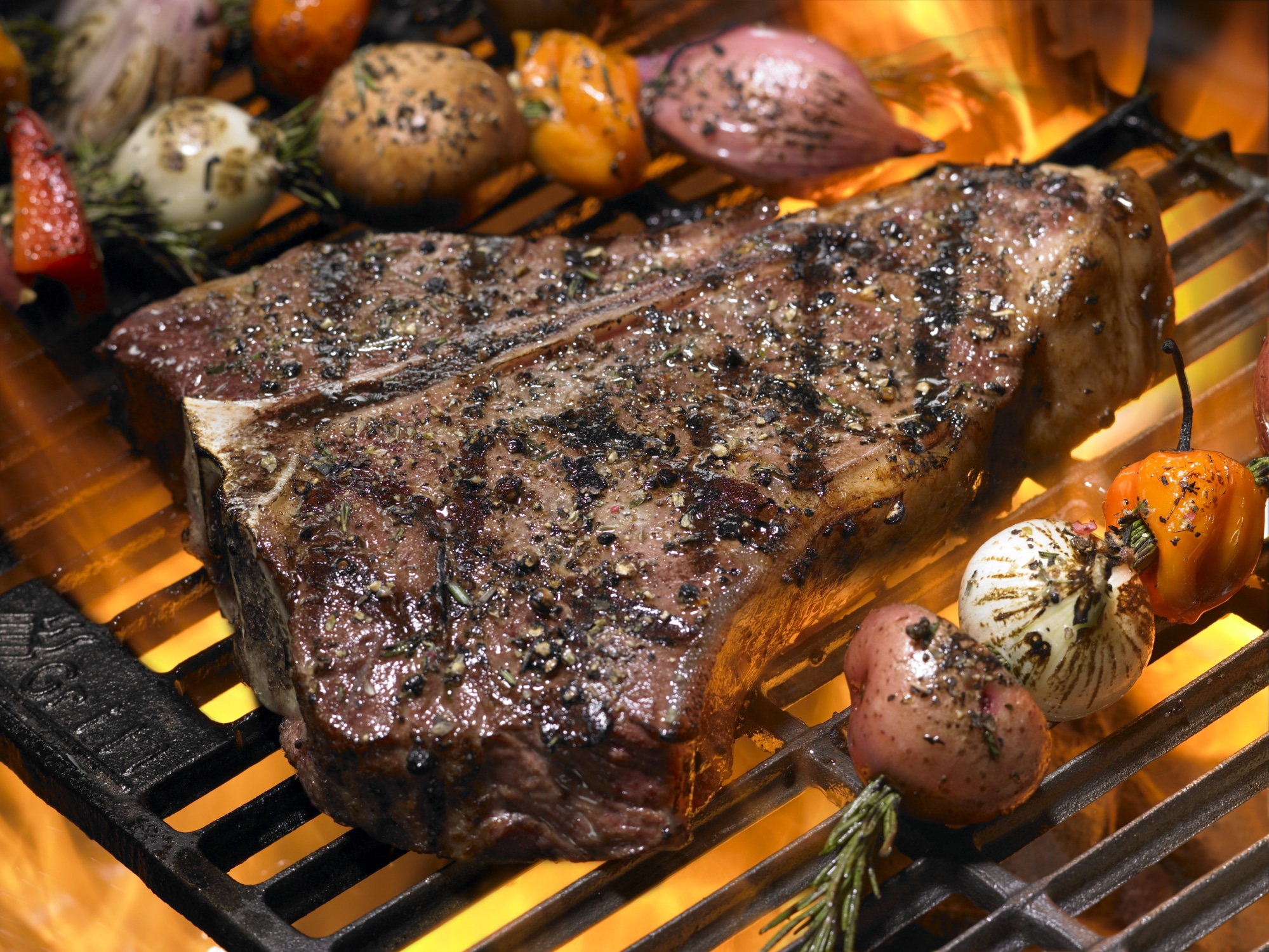Be Sure to Cook Tenderized Steaks to ‘Medium-Well Done’
Canadians should be aware of the possible health risks from a widely-used mechanical process to tenderize steaks and roasts. Mechanically-tenderized steaks have recently been linked to E. coli 0157:H7 food poisonings in Canada.
What is mechanically-tenderized meat?
Mechanical meat tenderizers use needles and blades to pierce steak and roasts. The process of mechanically tenderizing meat is a very common practice used by suppliers, retailers and restaurants to improve the tenderness and flavour of cooked beef.
The internal temperature of a steak, or other solid cuts of meat, is not usually a big health concern because harmful bacteria like E. Coli that may be present would normally only be on the surface of the meat and would easily be killed during cooking.
But when steak and beef cuts are tenderized, it can drive E. coli on the surface of the meat into the centre, making it harder to kill during cooking.
How can you tell if your steak has been mechanically-tenderized?
Without a label it is almost impossible to tell. After meat is tenderized, the tiny holes seal up and disappear making it impossible to know. Not knowing means you may not be cooking your meat long enough to kill any potential E. Coli inside.
What can you do to protect yourself and your family?
- Play it safe. Cook all steaks and whole cuts of beef to an internal temperature of at least 71˚C (160˚C) – roughly ‘medium-well done’
- Use a probe thermometer to make sure
Don’t have a probe thermometer? Call our office and arrange to pick one up for free.
For more information, call the Chatham-Kent Public Health Unit at 519-352-7270.


